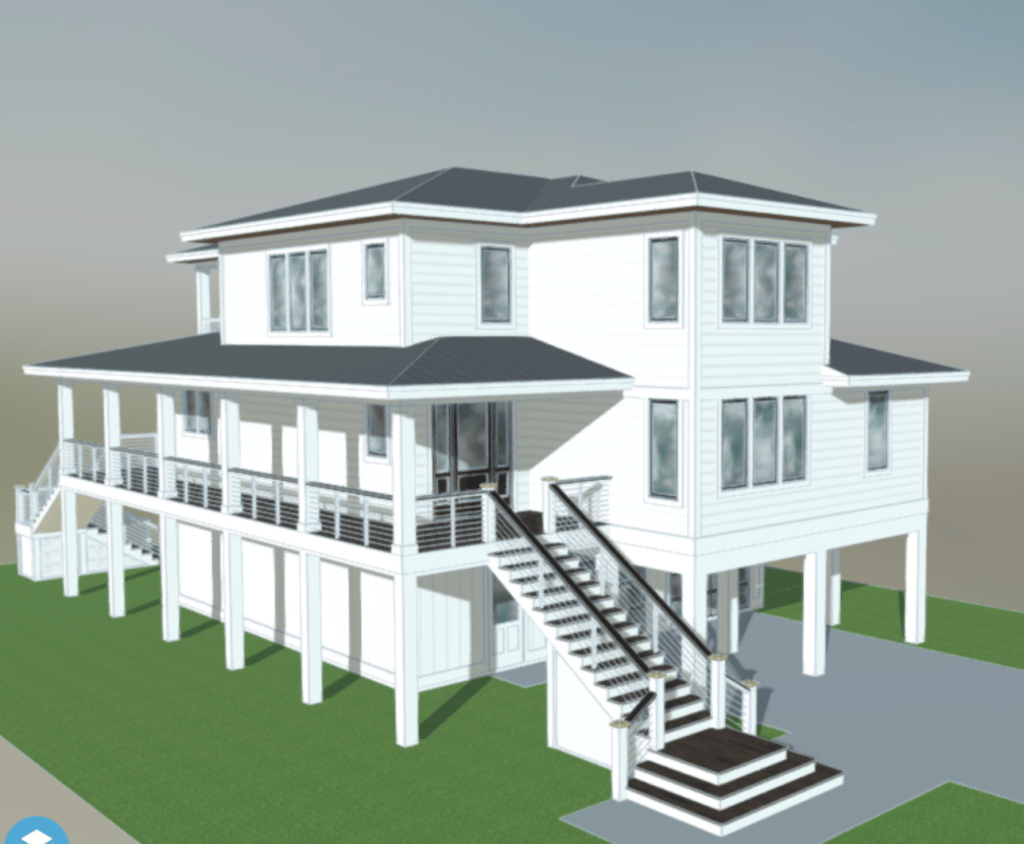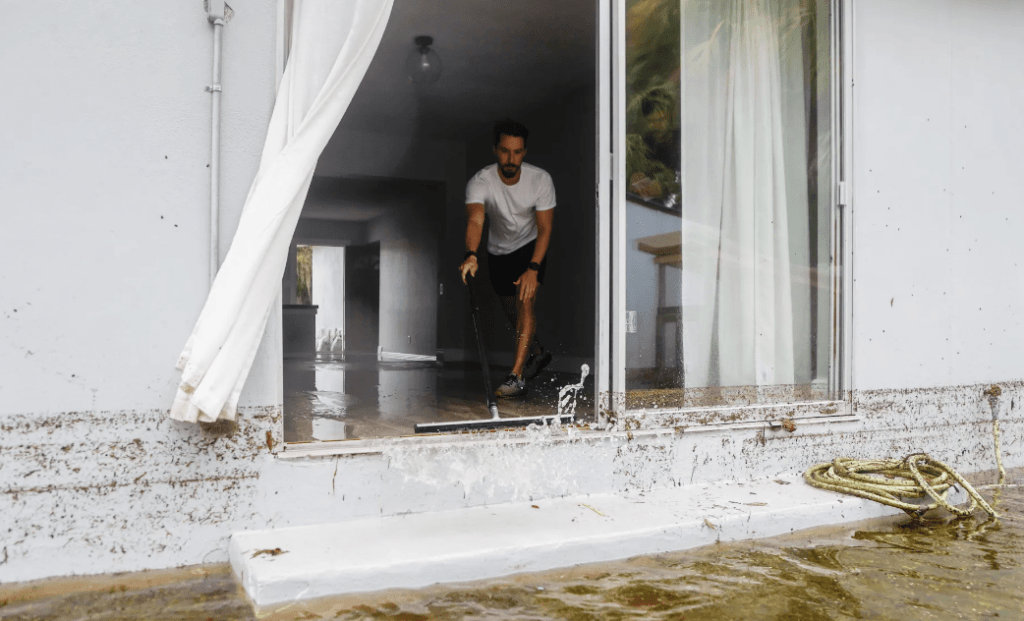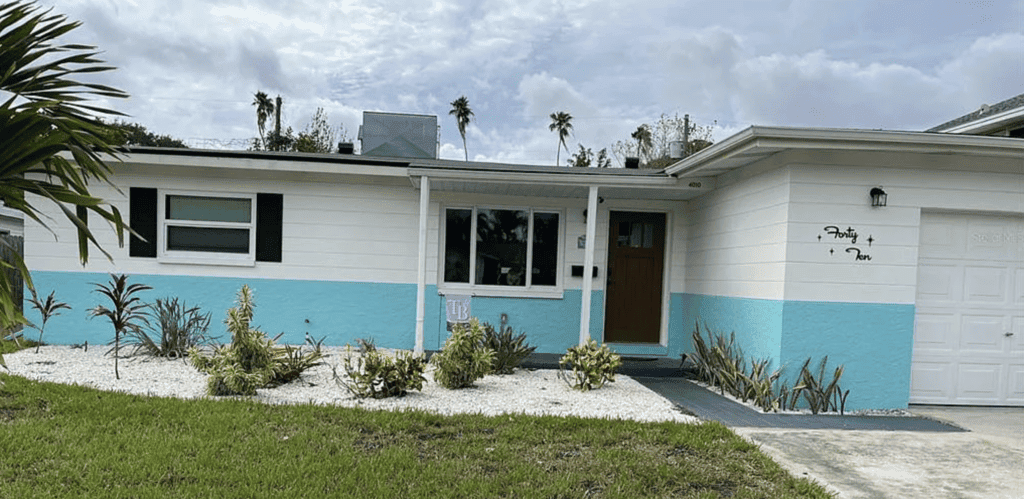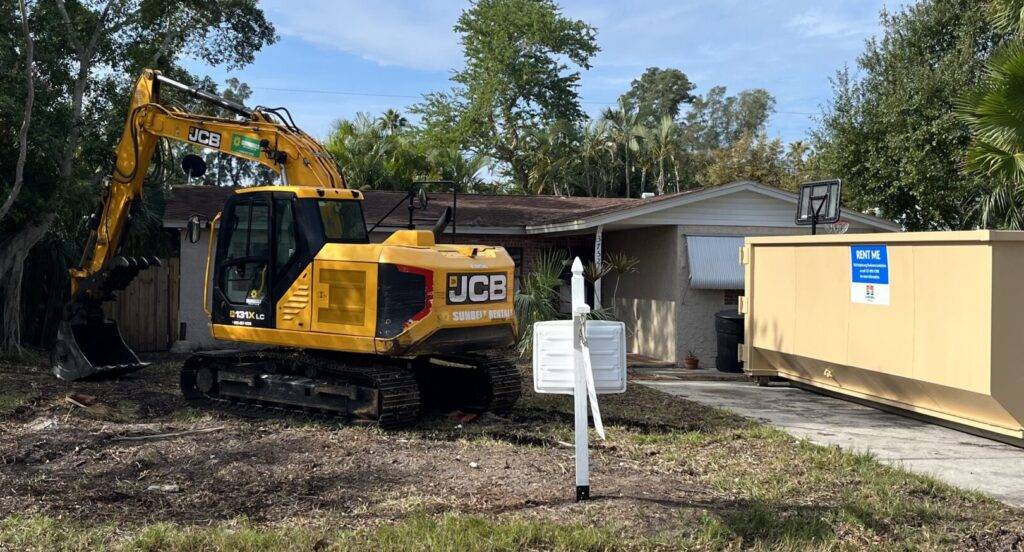Flood Damage
Flood Mitigation
When you have water damage the first thing you need to do when the water recedes is to dehumidify the area. If you have a dehumidifier set it up to run 24-7. If you do not have one then you can set your thermostat low and run your ac until you are able to get your hands on a dehumidifier. Remove everything that is wet from the house including drywall. Cut the drywall above the waterline until you find dry area. Drywall will soak the water so the sooner you cut it the less you will need to purchase later. Remove wet wood moldings carefully so you can possibly re-use when it drys out.


DIY PREVENTION

Besides raising your home there are steps you can take to prevent damage from storm surges. One is notice how the water has entered your home. Through the walls, through doorways etc. If your home is block construction on concrete slab (like the one in the picture), the focus needs to be on waterproofing the lower level of the masonry walls. Raise your entrance doors and help offset water damage to the extent possible.
Raise Exterior Doors
In the picture (above) you see the step up to enter the home at the front door, this is good and you can also see the space above the front door to the ceiling. Raise your front door, create steps and landing outside, modify the ceiling inside and outside, create a landing inside to step down. This would need to be done at all exterior doors including the one from the garage to the house.
Next, waterproof the entire lower section from below the interior floor level. Dig the soil away where possible by hand and apply a waterproof membrane. Manufactures are plenty (Laticrete is a brand we use often) and apply this over the surface and include the area you raised under your door ways. Cover the surface area heavily including wall to floor along your garage floor and walls, apply multiple coats after each drys properly. You can also apply Laticrete to the lower section of your finish interior walls and the corner of the floor, this will stop water from intruding into the wall and prevent your drywall from getting wet in the event you experience water intrusion. Laticrete and most products can be painted over so this will allow you to blend it in. They have a fabric that can be applied at the corner of the wall and floor, this will seal the edges and keep the wall dry.
The steps above will help resist water from flooding into your home based on the elevation but it is not a sure fix. Elevate your home is a sure fix and this can be done by building over your existing walls. The cost to elevate your home will reduce your flood insurance and increase your home value. Repairing will help prevent damage from surges at the lowest expense to you, but it will not increase your home value.
Information to know, single story masonry block wall homes are built on top of concrete footings set in the dirt. The floors are concrete slabs installed over compacted soil and the block stem wall. Your interior walls are built over the concrete slab. The other type of footing is a raft or mat foundation where the slab is poured thick around the perimeter to support the home.
Could you lift a slab on grade single story masonry home? Yes and in order to raise the house many supports have to be added under the existing concrete slab. To install the supports under the existing floor you need to tunnel underneath the house carefully. Think of the amount of work involved. Then jacks are installed in numerous areas and the house is lifted evenly. Typically the house lifter has the house higher than the final location and begins to excavate the new footings underneath the home. In new construction this work is easier as you are not working in between shoring piers and jacks. SO as you would think this is a process and expense. When the work is complete the house is set on all of the new piers. The utilities need to be reconnected, stairs built to enter the house, and the underside of the house needs to be covered so it looks finished. When you are done, you have the same house built the same year with the same windows, sitting many feet in the air. This is an expensive path to elevating your home.
Elevate your Home
Our solution is to remove your roof demo all of the interior walls and flooring, reinforce footings as needed with masonry piers, plus necessary anchors, then build a new floor, with new walls on top of your existing block walls at the elevation required. 6-8 months work and done to the style design you want all new.
The cost to elevate your home increases the value of your home offsetting the cost to do the work. We can raise your existing home at a cost of $140-$195 per square foot. The price is based on the structural integrity of your existing foundation and maintaining the same footprint of your existing home.
If you are interested give us a call and we can provide you with a free estimate. 561-597-0021.

